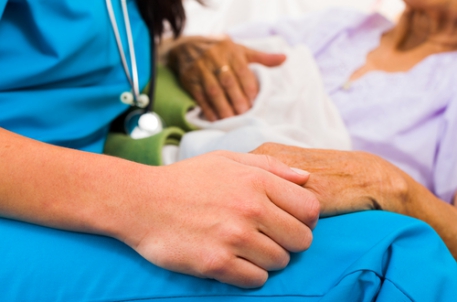The Rx For Healthcare Payments

The past year has been a busy one for healthcare, with drastic changes in coverage, insurance options, taxes, and overall reform. The 2013 Trends in Healthcare Payments report showcases the market trends that are impacting the industry.
The healthcare payments market in the U.S. is exploding and was expected to reach $2.7 trillion in both payer and consumer payments in 2013. With the increase in changes in the industry due to reform and the shift of payment to consumers, administrative costs are expected to reach a staggering 25-40 cents of every dollar spent in the industry.
Not surprisingly, much of the growth in the industry is expected to come from the increase in patient responsibility due to the number of patients enrolled in high-deductible health plans. With this increase in enrollment, providers will collect more money but will likely be trapped in a cycle of paper-based and manual payments to manage billing and collections. This will likely mean an increase in money spent by providers on that function with the inability to collect receivables in a timely fashion.
Out-of-pocket expenses for insured payments are expected to grow from $250 billion in 2009 to $420 billion in 2015.
Billing Like Other Industries (Or Accepting Electronic Payments)
The healthcare billing industry is not prepared to meet consumer payment expectations and effectively manage the influx of paperwork and costs. To reduce these costs and better manage consumer expectations, payers are trying to promote the adoption of electronic transactions across provider networks.
If electronic transactions are implemented, it could result in an annual savings of up to $11 billion.
The move to increase payment card acceptance has also lead to providers offering payment plans to pay off large balances. The enablement of automatic payments on a recurring basis has the potential to reduce the time and costs required by bill payment collectors. Data has shown that the number of annual transactions for payment plans increased by 284% from 2011 to 2013. As patients demand new ways to budget for growing healthcare costs, this trend will continue to grow.
Clients have requested that the healthcare payment industry meet the same expectations set by other industries, by offering convenient payment options and knowing the estimated amount due upfront. There has been a shift in card payments being made by patients, in 2011 34% of gross dollar volume of back office payments to 42% of payments in 2013.
But every billing transaction includes three players: the providers, the payers and the consumers. Each group faces different issues and has challenges to overcome related to collecting, issuing and receiving payment.
Issues Providers Face
- In 2013, 76% of providers reported that it took more than one month to collect from a patient
- 78% of providers reported that they typically mailed more than one paper statement to collect payment
- 56% of providers answered that their primary revenue cycle concern was related to patient collections
- 33% of providers who do not collect payment at point of service do so because there is uncertainty of the amount due
Payer Challenges
- 50% of Payers don’t meet requirements for CAQH CORE Phase III Operating Rules for ERA/EFT that were designed to improve electronic eligibility and benefits verification
- Of payers that offered ERA/EFT to providers, 60% indicated than less than half accepted ERA/EFT
- 50% of payers reported that the primary reason why providers don’t accept ERA/EFT is because of a preference for checks and/or remittances
- 40% of payers said that the top issue with dealing with provider networks comes from the reconciliation of claim remittances and check/EFT payments
Consumer Expectation
- Only 2% of consumers reported receiving their healthcare bills via email
- When asked about paying for non-healthcare bills, 55% of consumers said they paid online, 24% said they paid vial bank’s bill pay portal
- 79% of consumers indicated that they would pay online via their provider or health plan website, 49% said they would pay via bank’s bill pay portal
With increasing patient payment responsibility, consumers are quickly becoming more sensitive to their healthcare costs. The healthcare industry has not yet successfully set payment expectations which leaves providers in a struggle to collect and part of the ecosystem unmet.
This rise in consumerism in the healthcare industry provides challenges for payers to improve the member experience. Many industry experts believe that the influx of data and analytics due to innovation in healthcare technology and the ability to navigate the necessary changes. To improve efficiency and truly consumerize the industry, Big Data will need to get smarter as the industry continues to change.
To read the full report visit InstaMed.
